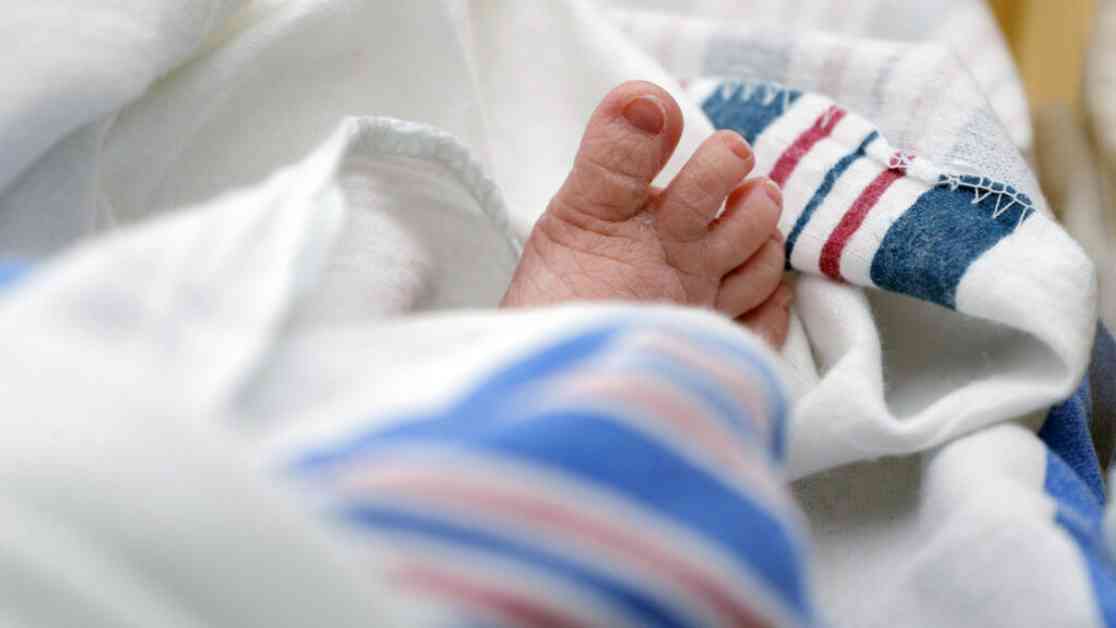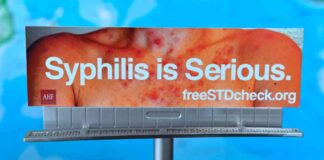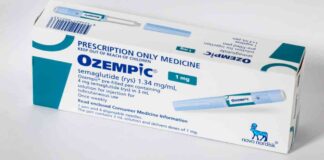Get your daily dose of health and medicine every weekday with STAT’s free newsletter Morning Rounds. Sign up here.
A new way to test babies for diseases that current screening methods don’t catch
Newborn babies are routinely screened for dozens of conditions, which doctors catch by testing a spot of blood taken from a heel-prick. But researchers around the world are testing a strategy that could catch conditions missed by current tests: sequencing babies’ whole genomes. On Thursday, a team of researchers reported initial results in the Journal of the American Medical Association supporting this approach based on an ongoing study that intends to enroll and screen 100,000 babies in New York City.
Scientists tested whether newborns had any of 156 treatable early-onset genetic conditions and, if parents consented, 99 neurological conditions that cause seizures. They found that 3.7% of the first 4,000 newborns enrolled in the study, dubbed Guardian, had a positive test, and that the vast majority of these results were for conditions not included in current newborn screening. “It’s not an incremental advance. It’s really, to me, a big step up in terms of what we could do for children,” said Wendy Chung, the study’s senior author.
Guardian is one of many screening studies underway across the world, with researchers in the U.K., Boston, and San Diego launching similar efforts.
When getting married could mean losing life-saving medical benefits
When Chelsea Smith met Jason Martin, she knew right away that he was the one — so she fled the bar while he was paying and refused to get his phone number.
That’s because Smith has Ehlers-Danlos syndrome, a connective tissue disorder that causes chronic pain and makes her prone to injury and illness, and relies on Medicaid to cover her medications and treatments. She currently qualifies for Social Security Disability Insurance under the Disabled Adult Child (DAC) benefits. However, if Smith were to get married, the Social Security Administration would expect her spouse, or her spouse’s health insurance, to pay for her care. But Smith, a graduate student, and Martin, a teacher, don’t make enough to pay for that.
Watch the stories of two couples facing similar situations, and the law changes that may soon allow all disabled people to get married, in this mini-documentary from STAT contributors Varun Srikanth and Jean R. Zamora.
Why tardigrades are radiation-proof
Tardigrades — also known as “water bears” or “moss piglets” — are microscopic, eight-legged gummy-bear-like organisms that can survive extreme environments, including being dehydrated, the Antarctic, volcanoes, and outer space. They also have a resistance to radiation that’s about 1,000 times higher than that of humans. But until now, it’s been unclear why.
In a study published yesterday in Science, scientists combined genome, transcriptome, and proteome data (that’s “multi-omics,” for those of you who understand the jargon better than me) to look at what genes might be protecting tardigrades. They found several different effects. First, tardigrades may have borrowed a gene from bacteria that lets them produce betalains, a kind of pigment that’s capable of scavenging free radicals (a cell-damaging result of radiation.)
The researchers also found a tardigrade-specific, radiation-induced protein that accelerates the repair of double-strand breaks in DNA, and two mitochondrial proteins that other organisms also have but that tardigrades produce in higher amounts in response to radiation, which also help speed up DNA repair. The results may provide inspiration for promoting human health and combating diseases, the authors wrote.
The latest on IV shortages after Hurricane Helene
A few weeks ago, we told you about the shortage of IV supplies due to a plant in North Carolina — which supplied 60% of the nation’s IV solutions — closing because of Hurricane Helene damage. Hospitals across the country declared their own shortages and canceled surgeries, giving less-critical patients Gatorade to drink in order to stretch supplies of saline.
Baxter, the company whose plant was shut down, has some good news to share: Its plant is back to pre-hurricane staffing levels, and production on its highest-throughput line will restart in the next week, with products starting to roll out in mid- to late-November, ahead of expectations.
The FDA has also temporarily authorized importing various products from Baxter facilities in Thailand and Singapore, in addition to seven other plants across the globe — Canada, two sites in China, Ireland, the UK, Mexico, and Spain.

















